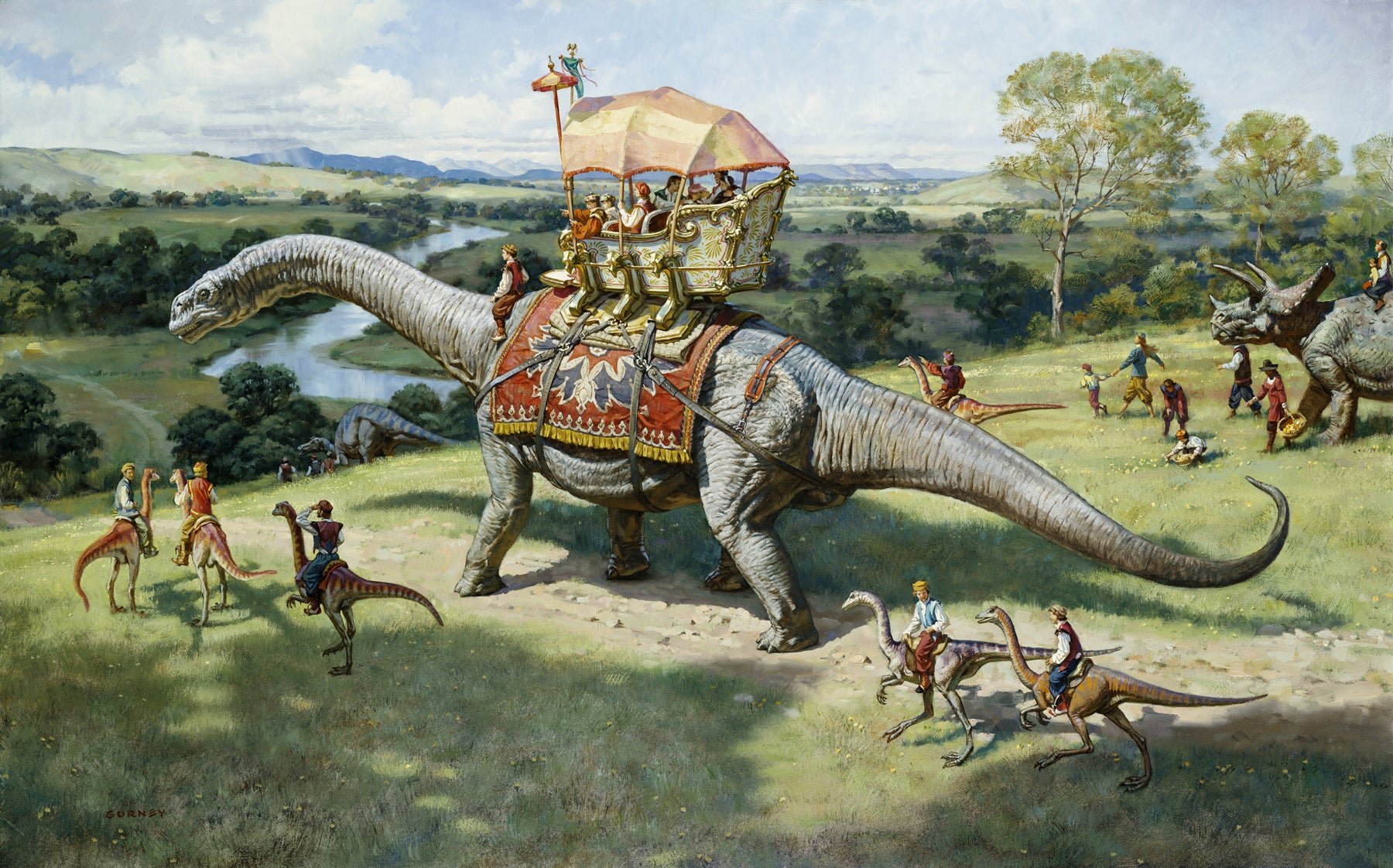Why Storyboards Matter
Some people think storyboards are just for brainstorming, cute sketches to throw ideas on a page, but they’re actually the blueprint for every shot in your production. For directors and DPs, my boards are a visual shorthand. They show lens choices, blocking, lighting cues, and camera movement without repeating a hundred times why a shot works.
Lens Choices and Their Impact
Lens selection is where storyboards start flexing real power. Each lens changes a scene’s perception. Wide angles exaggerate space, telephotos compress it, shallow depth of field isolates a moment. I don’t dictate the gear, but I map the effect. When a DP sees my board, they immediately know what the story requires, not just what the shot looks like. This saves time, money, and headaches on set.
Blocking and Performance
Actors don’t just stand in the right place. They move, react, hesitate. A glance, a pause, a step forward communicates story. My boards mark those beats. I illustrate gestures, stances, and eye lines so the camera can follow effortlessly. Nothing kills a scene like improvising movements that contradict the visual logic.
Lighting Setup Without Confusion
Lighting setups are embedded in the storyboard language too. I’m not giving technical schematics, but I indicate where shadows, highlights, and contrast should fall to support the mood. A DP sees the board and understands the emotional weight without guessing. It’s not about micromanaging. It’s about giving them the tools to make creative choices faster.
Mapping Camera Movement
Camera movement is where storyboards earn their keep. Pans, dollies, push-ins, handheld sequences, every motion affects rhythm and tension. I map trajectories and timing to guide the viewer’s attention. One misplaced move can flatten a scene or ruin a beat. Storyboards give the DP confidence that the movement supports the story.
Continuity Across Shoots
Multi-day shoots or reshoots demand consistent angles, lens choices, and lighting. My boards act as a visual reference. A week later, the crew doesn’t have to guess what the original intent was. They see it and can replicate it precisely. This saves reshoots, rewrites, and arguments on set.
Streamlining Collaboration
Directors, DPs, gaffers, and production designers all reference the same visual language. Instead of debating whether shadows feel right or if the lens is good enough, everyone looks at the board. Miscommunication drops. Focus shifts to performance and nuance instead of translating intentions.
Anticipating Problems Before They Happen
Tight locations, mixed lighting, or unpredictable actors always cause headaches. With clear boards, the crew anticipates challenges, plans solutions, and keeps the shoot on schedule. Storyboards aren’t just visual tools. They are preventative medicine for filmmaking chaos.
Experimentation Without Disruption
Boards double as negotiation and experimentation tools. Directors and DPs can explore options for framing, blocking, and movement without holding up the shoot. If a camera movement or lens choice isn’t working, we tweak the boards, not the whole production. It is cheaper, faster, and less stressful than adjusting mid-shoot.
Storyboards Speak Cinematography
In essence, my storyboards speak the language of cinematography. They provide clarity without taking creative control. They give directors and DPs the confidence to execute, reduce miscommunication, and protect the integrity of the story. Every sketch, note, and frame communicates a decision, a feeling, or an emotional beat.
When a crew knows exactly what each frame needs to convey, the production becomes a collaborative machine instead of a guessing game. Storyboards aren’t optional. They are the playbook that keeps the storytelling on track, the budget under control, and the shoot sane.
If you want to see how storyboards can align your cinematic vision and get every shot right, shoot me an email!
📩 Reach out: paul@paultemplestudios.com
🎨 Explore more: www.paultemplestudios.com
Want more blog posts on this topic?
1. Composition and Control: The Cinematic Science Behind a Great Frame
2. The Grammar of Storyboards: Thinking Like a Story Consultant
3. Building the Perfect Reveal in Storyboards





